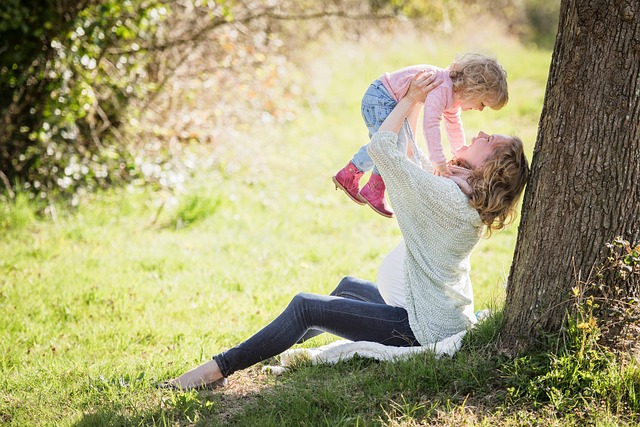In a world where duckface selfies were once all the rage, it seems we are slowly moving beyond that era. While we still see the open-mouth, peace sign poses, the duckface has largely faded from our screens, and I can’t help but feel a sense of relief.
I’ve never been one to indulge in selfies myself; in fact, they make me a bit uneasy. Watching my teenage daughter snap 75 selfies during our short drive to church can send me over the edge. She insists she needs to capture the perfect shot. Once, when she attempted to include me in one of her selfies, I jokingly flashed the camera a gesture that would make it unsendable. But lo and behold, it was sent anyway, and now my daughter is the girl whose mom made a rude gesture on camera. Oh, the irony.
In our household, Snapchat is a constant presence. With two teenagers using it nearly around the clock, I often wonder: what happened to this generation? How did we cultivate a world where teenagers are constantly sending selfies to each other? I suggested to my daughter that she could send something other than a selfie, and she looked at me as if I had grown two heads. “Like what? What else would I send?” I was at a loss for words.
Just last week, one of our teens was sidelined with an illness, leading to a hospital visit. I can only imagine that on Monday morning, her friends flooded Snapchat with messages. I wouldn’t be surprised if they snapped a selfie of her looking awful with puffy eyes and a pale face.
However, an unexpected turn of events began to unfold. On the first day she was home sick, the doorbell rang, and it was one of her friends, clutching a milkshake from Sonic. Knowing my daughter couldn’t eat due to a sore throat, this thoughtful gesture was monumental in the teen world.
The following day, the doorbell rang again, and it was a delivery from Panera Bread. My daughter’s friend—who she insists is “not her boyfriend”—had ordered lunch for her and had it delivered to our house. Seriously, who does that? I was so impressed that I had to call my husband to let him know that he needed to step up his game!
The next day, we were greeted by a pizza delivery guy. My daughter’s best friend, who lives out of town, had arranged for a pizza delivery, complete with fries and a drink, all covered. I later thanked her mom, who had no idea her daughter had done this. There was no need for recognition; it was simply an act of kindness.
As the week progressed, we found ourselves in the ER, and my daughter’s phone buzzed non-stop with friends checking in on her. I watched as she snapped pictures of her IV, the hospital monitor, and other items in the room.
On the final day of her illness, her friend—the one she insists is “not her boyfriend”—and another friend surprised her with burgers from her favorite fast-food spot during their lunch hour. They sat outside together, lifting her spirits after a long week of isolation.
These kids completely changed my perspective. It was humbling to witness their kindness and compassion. Maybe all this technology—Snapchat, texting, and selfies—doesn’t just breed self-centeredness; perhaps it also fosters genuine connections among them.
When I was a teenager, if a friend missed school due to illness, we might have given them a quick call from our landline, but that was often the extent of it. These kids have a level of access to one another that we never had, allowing them to express care and concern in real-time.
If you have younger children and are worried about the teenage years, I assure you that there can be wonderful moments ahead. These kids are navigating a complex world and, against all odds, they often rise to the occasion. Their journey into adulthood is filled with compassion and generosity, even if we mostly see it unfold on Snapchat.
For those interested in exploring more about family dynamics and growth, check out this insightful resource. Moreover, if you’re curious about home insemination options, you can learn more about it here, or explore at-home insemination kits for a deeper understanding.
In summary, social media and the selfie generation have allowed my daughter and her friends to show support and compassion in ways I never imagined possible. While we might have our concerns about technology, these kids are proving that it can also create genuine connections and kindness.
